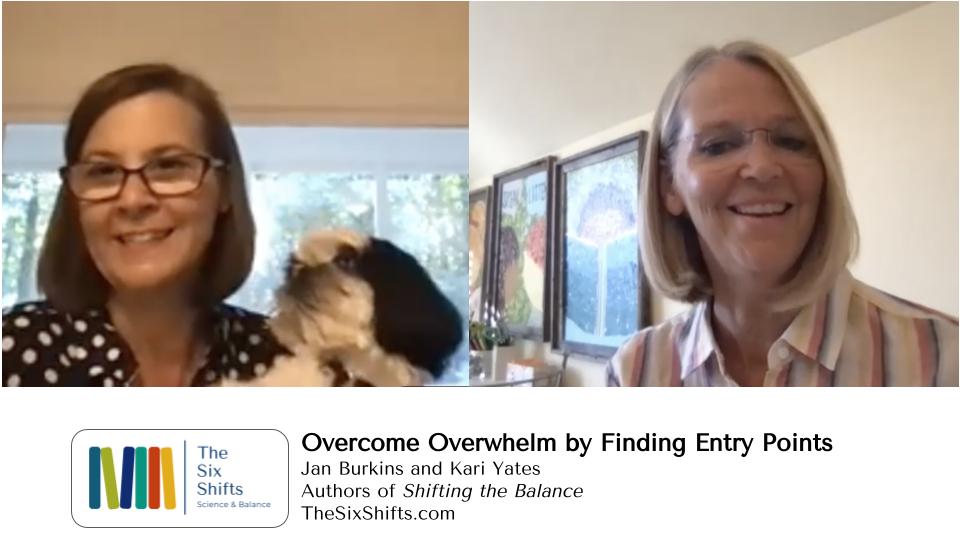|
What prevents us from making the changes we want to make in our lives? Whether in our personal or professional roles, we all have visions of reaching for our better selves. Whether we want to eat better, keep a tidier house, get in shape, read more. . .the list goes on. Quite often what keeps us from realizing these visions of ourselves as fit or organized or well-read is the gulf that appears to exist between the now-us and the future-us. Where do we start? And how will we get there? Check out the video. See if you can relate. It seems that where we are starting is a long way from where we want to go and there are far too many steps (and decisions in between). Yes, it is easier for us to binge a Netflix series than to even think about all that would have to happen to live as a fit active person. But the reality is that transformational change can happen with a first small step. And all those tiny decisions about whether to buy yoga pants or join a gym, don’t have to be made right out of the gate. All that you have to do is decide to take one small action, like a 20 minute walk. And because you’ve decided to make that change, and kept your promise to yourself, you feel empowered to do a little more. Maybe you walk again the next day. And then, as you feel better and stronger and more empowered, you adopt more new routines that become habits. Before you know it, you are the kind of person who bikes to work. But this blog isn’t really about getting in shape (organizing your house or reading more). It’s actually about making transformational changes in the classroom. We wrote Shifting the Balance: 6 Ways to Bring the Science of Reading into the Balanced Literacy Classroom to make the emotional and physical work of change more navigable. Rather than envisioning a complete overhaul of your early literacy instruction, you might ask yourself, “What’s one practice I can implement (or shift) tomorrow?” Each of the six chapters in Shifting the Balance offers an array of entry points–simple starts for beginning the work of making more and more of your literacy instruction align with what we know about how the brain learns to read. Making learning to read easier, rather than harder for children begins with one next step. What will yours be? We’ve made lots of free tools for you, to help you get started or take that next step toward more science-aligned practices. You can find them here. |


Recent Comments